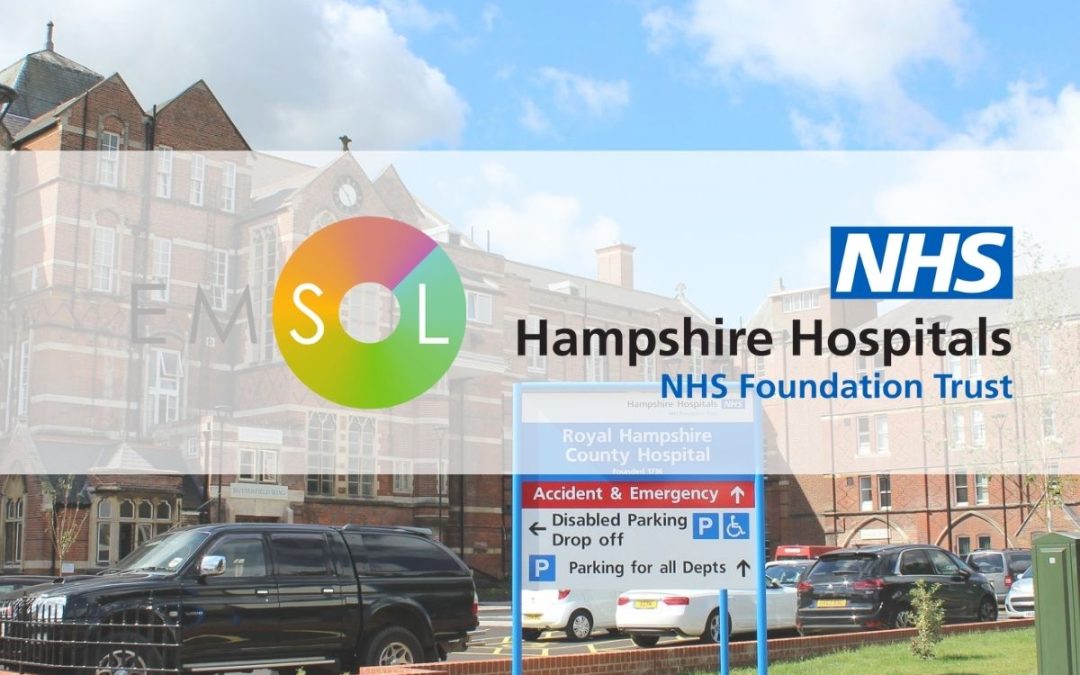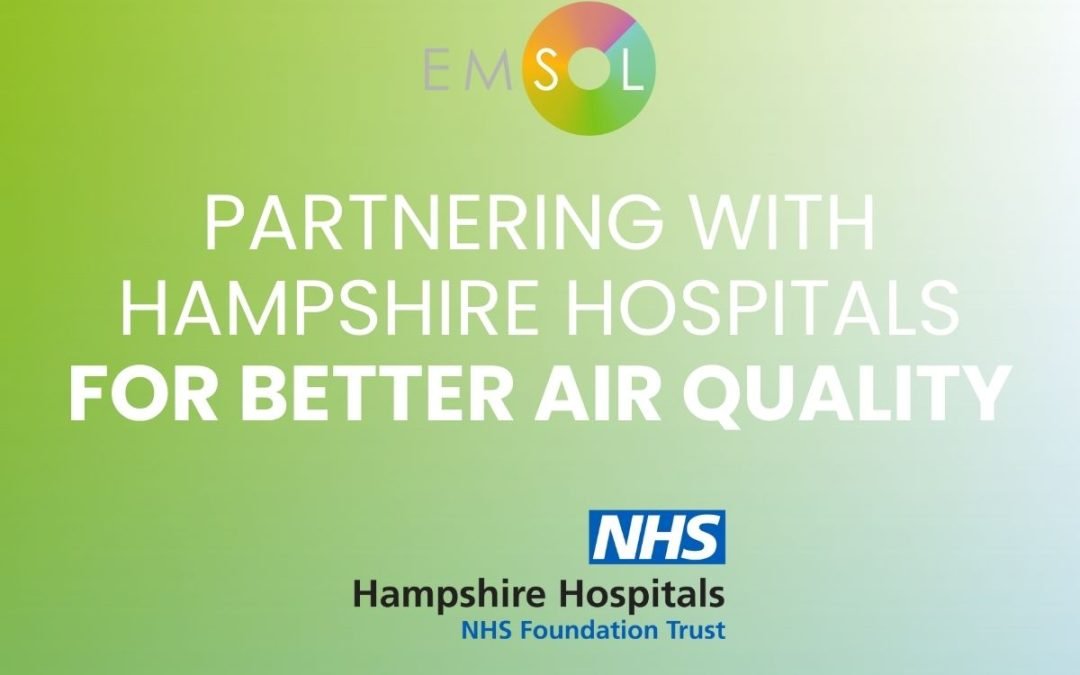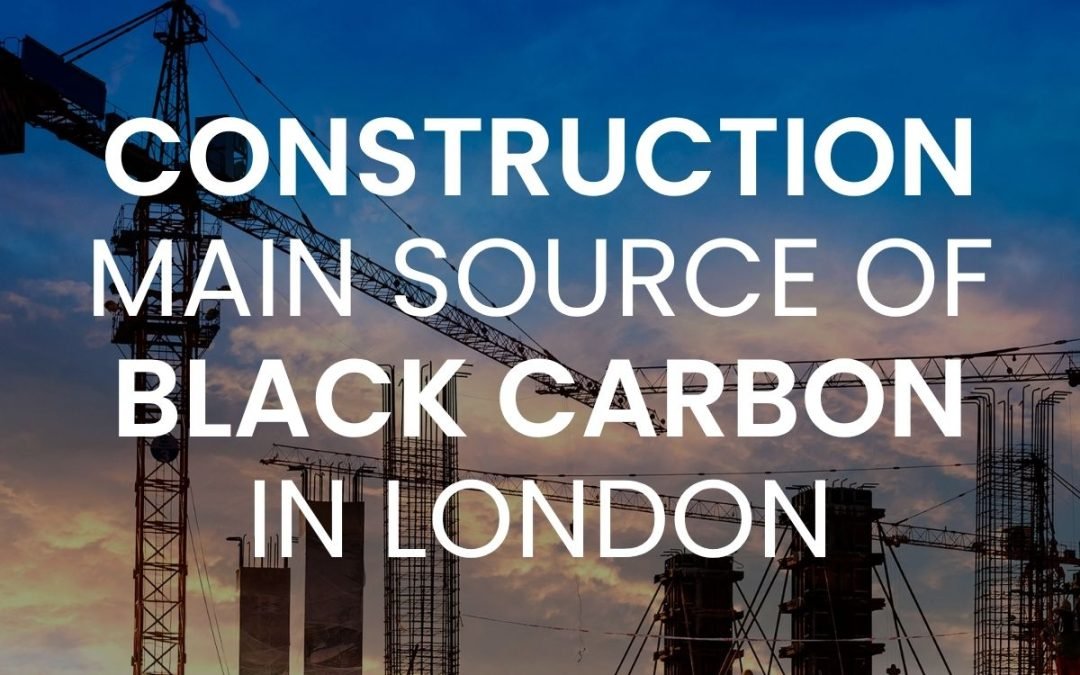Environmental sustainability has become a big priority. Construction firms, local authorities, retailers, and NHS trusts are all facing mounting pressures – from regulation, customers, communities – to minimise emissions and environmental impact.
A recent HBR piece dug into why corporate sustainability efforts, despite the best of intentions, so often stall before reaching scale or impact. As consultants immersed in these efforts across sectors, the authors spot four recurring “hidden enemies” lurking within organizations themselves that throw sand in the gears:
Fluffy Governance – Sustainability teams siloed away, lacking influence on decisions with real environmental consequences.
Warped Metrics – Business processes remain optimised for profits alone, not people/planet.
Stale Mindsets – Leaders stuck in 90s-style thinking of commanding control and shareholder primacy.
Rusty Toolkits – Relying on tools and frameworks blind to sustainability.
These challenges, argues HBR, are mismatched to the urgency and complexity of climate action. However, the conclusion is optimistic: companies can unlock sustainability but there is a need to look into new models which can empower teams.
Demystifying Emissions Data
EMSOL empowers organisations by making air quality data simple and actionable.
Continuous air quality sensors provide clarity on pollution levels that manual tracking lacks. While easy-to-understand dashboards spotlight priority areas without requiring environmental expertise. This means you aren’t just looking at graphs and complex data table, but specific pollution events and what caused them.
To make the invisible challenge of pollution visible, we translate complex particulate and nitrogen dioxide data into intuitive insights. Alert and flag issues as they occur and use smart pollution labelling to identify the cause of pollution.
By shining light and walking leaders through interpreting findings, we drive collaboration across teams. Outcomes not outputs become the focus.
Ultimately EMSOL simplifies pollution management into practical next steps – not theoretical targets or complex statistics. We guide partners to sustained air quality improvements through ongoing data simplification and strategic support.
Connecting The Dots
The HBR piece reveals how struggles with data complexity and misaligned metrics create sustainability paralysis – showing ambition without actionable insights prevents progress.
EMSOL presents the missing link for organisations eager to implement sustainability but hitting invisible data barriers. Our simplified emissions visibility breaks through data digging to provide clarity.
In the face of uncertainty about how to achieve sustainability, EMSOL offers an easy on-ramp for change through tangible pollution analytics.
As the HBR piece discussed, most sustainability strategies flounder due to ingrained legacy barriers around governance, metrics, mindsets and capabilities. EMSOL presents a way for organisations to overcome these hurdles through our simplified emissions visibility and guidance.
We make the invisible visible. Provide clarity on pollution sources, and help easy discover insights to embed across decisions. And enable intuitive data comprehension that don’t require expertise.
EMSOL is empowering construction firms, councils, hospitals, and enterprises to achieve sustainability progress at scale through platform simplification and continuous partnership tailored to their operational realities.
The journey to simple emissions reductions and environmental accountability has never easier. Contact EMSOL today to discuss how you can finally progress from lofty ambitions to measured sustainability impact with the right foundations in place.





